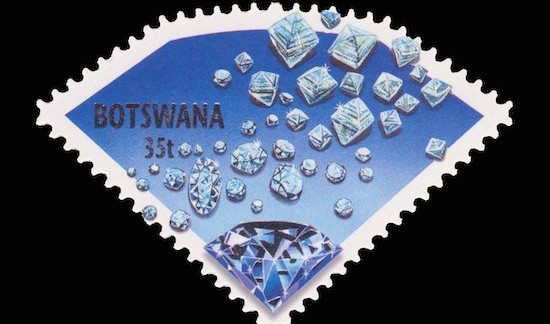Insights.
Fifty years on from independence, Botswana still finds itself in desperate need of improvements in its economic diversity. Its unsustainable reliance on diamonds is the reason why.
That much was evident at an industry conference held this past week in Gaborone.
Diamonds have done a lot of good for the country over the years. From 1966 to 2014, the gross domestic product (GDP) per capita grew at an annual average rate of 5.9 percent, one of the highest in the world during the period, according to a paper published by De Beers for the conference.
And last year, diamonds were the direct or indirect source of more than 34,000 jobs for the southern African country, contributing 33 percent of its GDP. The partnership between De Beers and the national government is the largest contributor to the economy besides the government itself, the paper concluded.

But that was 2014, an almost embarrassingly good year for De Beers.
This year presents a different reality for the company and, by default, the country. Rapaport expects De Beers revenue will slump about 44 percent in 2015, which would translate to a notable drop in its value contribution to the economy. The country’s rough diamond exports plunged 41 percent year on year in the third quarter and by 23 percent in the first nine months of the year, according to Bank of Botswana data.
Fifty years on from independence, Botswana still finds itself dependent on the vagaries of the rough diamond trade. But the government must help improve competitiveness and productivity if it hopes to diversify the economy and diminish its reliance on diamonds, according to several of the conference presenters.
Weakness exposed
Financial and economic crises tend to expose the weakness of African countries reliant on one commodity, Katso Tshipinare, an economist at Barclays Bank, told the conference. As much as the government benefited during the growth years, the decline in diamond demand and prices has depressed its budget and will likely lead to a deficit in 2015/16.

